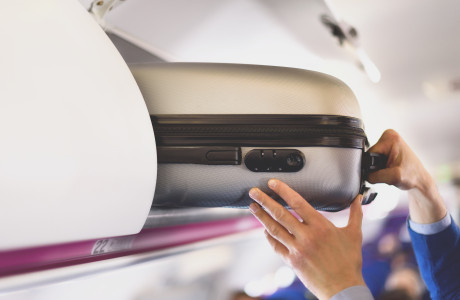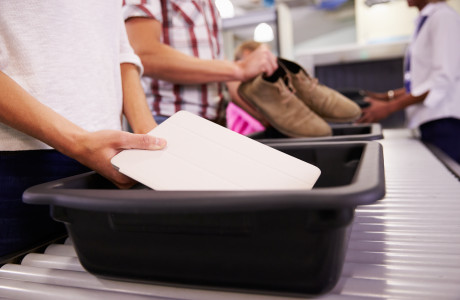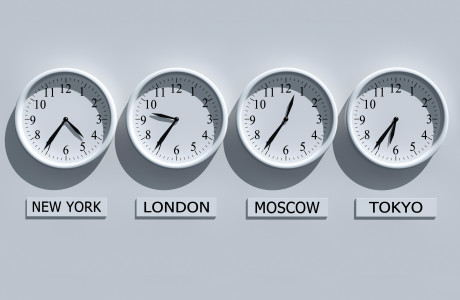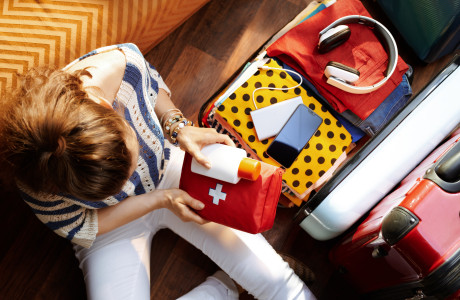
First-aid kit: what should you take?
It’s not as easy as it sounds to stay on top of things with a first-aid kit. Packing is not only about the right clothes and important documents, it’s also about your health. What exactly to include in your first-aid kit depends on where you are going. When packing your first-aid kit, you must therefore consider whether you are travelling to an urban destination in Europe or just grabbing your backpack and looking for an exotic adventure in Asia. Get an overview now!
First-aid kit for travelling in Europe
Within Europe, medical standards are quite similar from country to country. Here, you only have to note that the standards in the southern and eastern regions of Europe are slightly lower compared to the Central European countries. If the local standards of your destination are similar to the standards in Germany, your first-aid kit really only needs to be packed for emergencies. The advantage of European destinations is that you can easily buy most medicines at the local pharmacy. A solid set of basics is therefore sufficient for you:
Nasal drops
Painkillers
Blister patches
Sunscreen
Prescription medicines
Ideally, you should pack your nasal drops directly into your hand luggage. If you tend to get pressure equalisation problems while flying, a few drops usually provide quick relief.
Travelling is usually for recreation. Our body often does not really perceive the stressful parts of travel. But headaches and backaches are the most common aches and pains when travelling. Therefore, you should always have painkillers at hand.
It’s always a good idea to use blister patches, and not just for city tours. Even the perfect shoe often does not protect against blistering. This can be extremely painful. So that you can continue to enjoy your journey in the event of a foot blister, these little useful helpers are a must-have for every trip.
Never make the mistake of underestimating the power of sunlight. It doesn’t matter whether you are walking on the beach or skiing in the mountains. Sunscreen should be included in every first-aid kit.
Prescription medications that you need and cannot easily buy from a pharmacy should be sufficiently packed in advance. Please be aware that checked suitcases disappear again and again. This is why hand luggage is the best place to store your medications. Another advantage: in an emergency, you can always access it immediately. To be on the safe side, you should always carry a medical certificate for this type of medication. In this way, you avoid problems during entry and exit.
First-aid kit for long-distance travel
Those who leave Europe should, of course, also have a slightly larger first-aid kit. It is easy to get your flip-flop caught on an edge, or get a finger caught or cut. Therefore, a disinfection spray and antibacterial ointment belong in each and every first-aid kit for long journeys. This is especially essential in warm, tropical regions – because there is a risk of rapid inflammation. Waterproof band-aids are also a useful addition.
We can only say it again: do not go without sunscreen. Especially in sunny countries, you should apply cream several times a day, and at least after every bath.
The risk of infection from insects is particularly high in distant, warm and humid regions. Therefore, an insect spray is a basic component of a well-equipped first-aid kit. However, you may have to resort to a local brand of insect spray. These are often stronger and designed specifically for the vegetation there. However, it can help to have one starting out, if, for example, the shops are already closed on the evening you arrive – anything is better than nothing in this case.
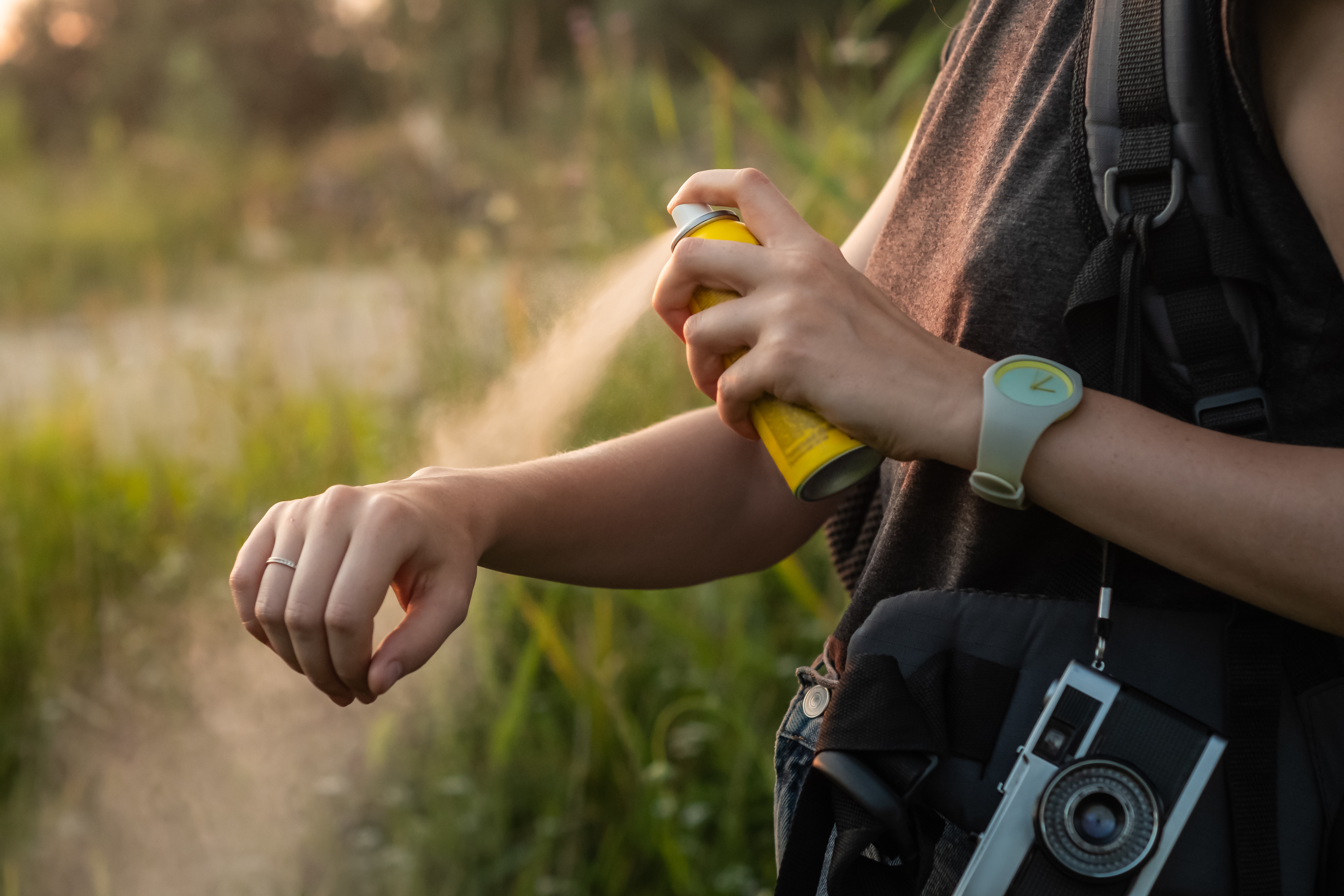
If a mosquito is too fast for you, use an ointment for insect bites. Insect sprays can help, but there is no one-hundred-percent protection. That’s why you should simply pack this ointment as a precaution, because who wants sleepless nights on holiday because of itchy skin?
If you start feeling poorly and notice your body temperature has risen, a thermometer is useful. These are not only practical, but also small and handy. You will find space for one in any first-aid kit. In case of fever or a high body temperature, you should not hesitate too long and consult a doctor immediately.
We love exotic food from the delivery service around the corner. But be careful: if you are travelling to a country whose cuisine you have never experienced before, then you should pack something against diarrhoea. The spices and pungency of the local cuisine are often many times more intense than those in temperate European latitudes. Diarrhoea medications will help you through an unpleasant day of your holiday.
Other things you could use
In addition, an after-sun cream or ointment for sunburns is a good idea. Those with lighter skin especially should increase the size of their first-aid kit.
During excursions and sports, you move more and you strain your body a lot. This can result in joint and back pain. Especially if you already experience this, you should also pack a pain gel.
Bathing holidays are very popular. If you would like to learn how to snorkel or surf, you should take ear drops with you. If they are alcoholic, they will help you get water out of your ear canal.
Tablets against nausea are always a good idea. Whether it’s a boat trip or a dinner that didn’t sit well. You will be glad if, in such an emergency, you have something against this discomfort in your first-aid kit.
First-aid kit checklist
Nasal drops
Painkillers
Blister patches
Sunscreen
Prescription medicines
Disinfection spray
Antibacterial ointment
Waterproof band-aids
Insect spray
Ointment for insect bites
Medical thermometer
Diarrhoea medication
Sunburn ointment
Pain-relief gel
Alcohol-containing ear drops
Tablets against nausea
Our tip: Sterile packaged first-aid kits are available in every pharmacy.

